Updated 10/5/24
Becoming a registered yoga teacher is a transformative journey that offers you the opportunity to deepen your practice, share the wisdom of yoga with others, and teach yoga classes. However, the path to getting yoga teacher certified can be challenging and requires careful consideration. With countless training programs available, choosing the right one for you is crucial.
In this comprehensive guide, we’ll explore the ten essential tips that will help you navigate the process and become a certified yoga instructor.
Introduction
Becoming a certified yoga instructor is a profound and rewarding process that goes far beyond achieving a piece of paper. It’s about self-discovery, personal growth, and the opportunity to guide others in their own yoga practice. However, it’s also a journey that requires careful planning and consideration.
With countless yoga instructor training programs available, choosing the right one can be a daunting task. In this comprehensive guide, we’ll explore ten essential tips that will help you become a certified yoga instructor.
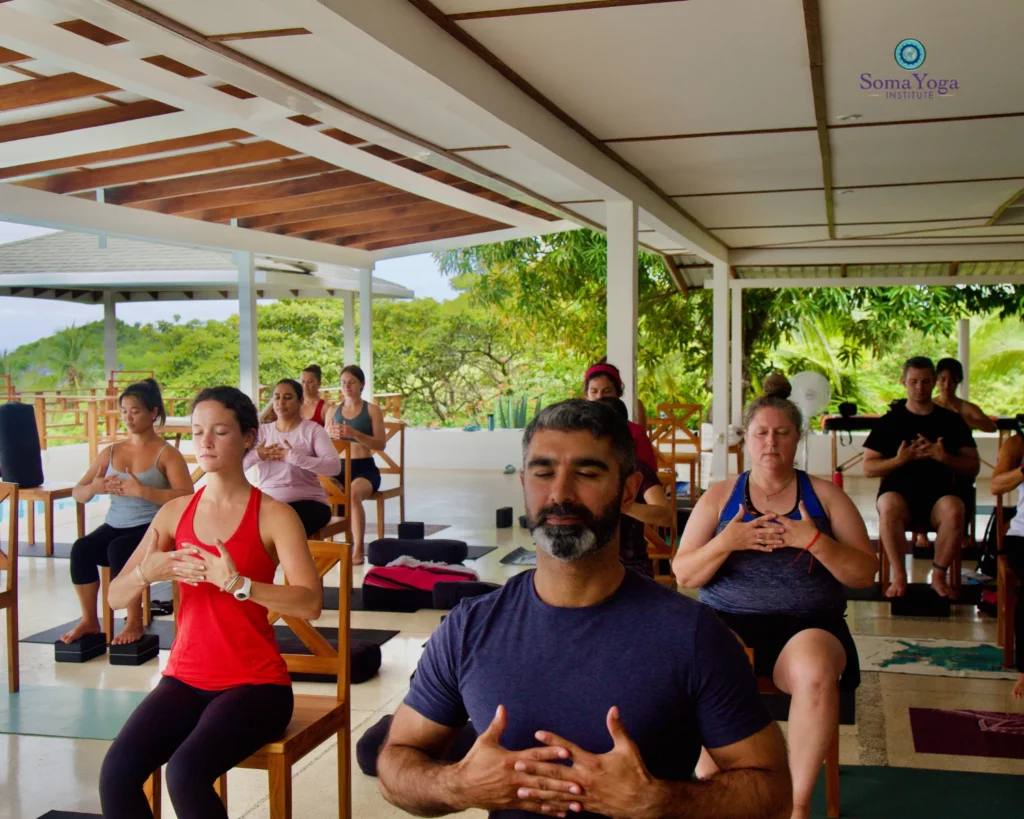
Tip 1: Understand Your Motivation
Your journey toward becoming a certified yoga instructor begins with introspection. Ask yourself why you want to teach yoga. Is it a deep passion for the practice, a desire to share its benefits, or a calling to help others on their spiritual journey? Understanding your motivation will shape your path and keep you committed throughout your training.
Explore the various reasons people become a registered yoga teacher and the personal and spiritual growth that often accompanies the journey. By understanding your motivation, you’ll be better equipped to make informed choices about your yoga instructor training program training.
Enrolling in a yoga instructor training program is a profound and transformative journey that can be driven by a myriad of motivations. The decision to become a certified yoga teacher is deeply personal and often rooted in a combination of physical, mental, emotional, and spiritual aspirations.
Here are various possible motivations for embarking on this life-changing path:
Deepening One’s Practice:
Many yoga practitioners are drawn to teacher training to deepen their understanding and own personal practice of yoga. This motivation stems from a desire to explore the philosophy, postures, and techniques on a more profound level. The training provides an opportunity to immerse oneself in the teachings and experience yoga’s transformative effects firsthand on personal yoga practice.
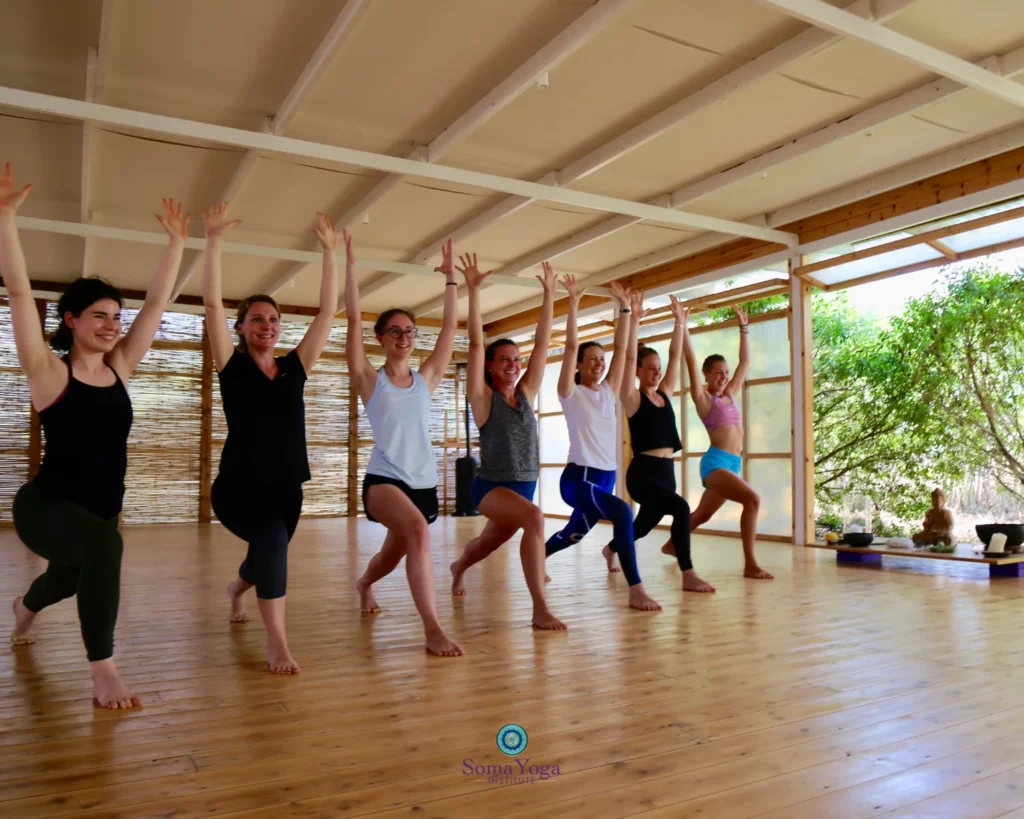
Sharing the Gift of Yoga:
A common motivation is the desire to share the physical, mental, and spiritual benefits of yoga with others in yoga sessions or yoga class. Many individuals feel a calling to become instructors so they can guide and inspire yoga students on their own yoga journey. The joy of seeing others experience positive transformations through yoga can be a powerful motivator.
Personal Growth and Self-Discovery:
200 hour teacher training is an incredible vehicle for personal growth and self-discovery. Whether it be meditation techniques or physical yoga poses, it offers a unique environment for self-reflection, self-awareness, and spiritual exploration. Trainees often come to the yoga world seeking a deeper connection with themselves and a better understanding of their purpose in life.
A Health and Wellness Transformation:
Some people are drawn to 200 hour yoga teacher training to transform their health and wellness. By learning the principles of yoga and the physical practice, trainees may be inspired to adopt a healthier lifestyle, manage stress, and overcome physical and mental challenges. Yoga teacher training can be a catalyst for significant life changes.
Career Transition:
For those who seek a career change or a meaningful addition to their existing profession, yoga teacher training offers a new pathway. Some individuals view this training as an opportunity to combine their passion for yoga with their career and find fulfillment in teaching and helping others. For those looking to transition their careers, Yoga Alliance certification will be a major motivator for becoming a yoga instructor. If you are looking to have a career teaching a specific yoga style such as vinyasa yoga, hatha yoga, hot yoga, yin yoga, prenatal yoga, ashtanga yoga, etc., or are looking to teach yoga class as a specific yoga studio or chain of studios, you may want to look into any training requirements specific to that studio or style of yoga. For instance there is a special Yoga Alliance certification for teaching kids called becoming a registered children’s yoga teacher.
A Sense of Community:
Yoga teacher training often fosters a sense of community and belonging. Many people embark on this journey to connect with like-minded individuals, build supportive relationships, and be part of a yoga community that shares their values and interests.
Holistic Healing:
For individuals dealing with physical or emotional issues, yoga teacher training can serve as a form of holistic healing. It offers tools to address physical ailments, manage stress, and heal emotional wounds, providing a comprehensive approach to overall well-being. Many yoga instructors are motivated to study specific healing practices such as restorative yoga or prenatal yoga in order to bring holistic healing to specific populations or medical communities.
Deepening Spiritual Connection:
Yoga’s spiritual aspect draws many individuals to teacher training. For those seeking a deeper spiritual connection, the training offers an exploration of ancient yogic philosophies and practices that can be deeply transformative and enlightening.
Overcoming Challenges:
Yoga instructor training can be a transformative process for those who have faced life’s challenges. It serves as a way to overcome difficulties, build resilience, and emerge stronger, both mentally and physically.
Life Transition:
Major life transitions, such as moving to a new city, experiencing a loss, or going through a significant life change, often prompt people to seek a fresh start and a new sense of purpose. Yoga teacher training can be a way to navigate these transitions and emerge with a renewed outlook on life.
In conclusion, the motivations for pursuing yoga teacher training are as diverse as the individuals themselves. Whether driven by personal growth, a desire to inspire others, physical healing, or spiritual awakening, embarking on this journey can be a life-changing and deeply rewarding experience. Yoga teacher training provides a holistic approach to well-being, offering valuable tools and insights that extend far beyond the mat.
Tip 2: Research Accredited Programs
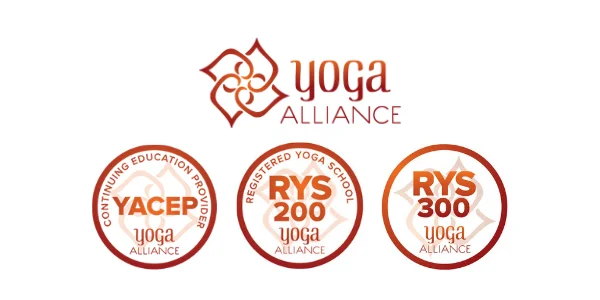
Yoga Alliance is the leading organization that sets the standards for yoga teacher training program and registers yoga teachers and accredits yoga schools globally. It’s crucial to choose a program accredited by Yoga Alliance to ensure your certification is recognized and respected in the yoga community when you go to teach yoga. Learn how to distinguish between RYT-200 and RYT-500 programs and understand the differences in training and teaching capabilities they offer.
To effectively use the school directory provided by Yoga Alliance, follow these simple steps to find a certified yoga teacher training program or school:
- Visit the Yoga Alliance website and navigate to the “Find a School” or “Find a Yoga Teacher Training” section, typically located in the main menu to find a registered yoga school.
- You can refine your search on the Yoga Alliance website by using filters such as location, program type (e.g., 200-hour, 500-hour, or specialty programs), and keyword search. This allows you to tailor your search to your specific preferences.
- Browse the list of schools and programs that match your criteria on the Yoga Alliance website. Each entry typically includes details about the school, its location, program offerings, and contact information.
- Click on the school or program of interest to access more in-depth information, including a description of the training, the curriculum, instructors, and reviews from previous students. Yoga Alliance gives you a comprehensive overview of what to expect from the training at each registered yoga school.
- Feel free to reach out to the school directly if you have specific questions or require further information. This Yoga Alliance directory serves as a valuable resource to help you make an informed decision when choosing a yoga teacher training program that aligns with your goals and aspirations.
You can research specific yoga instructors in a very similar way using the Yoga Alliance directory.
Tip 3: Consider the Costs
Yoga certification comes with varying price tags. You must consider your budget and the financial investment required for your training. While it’s essential to find a program that fits your finances, it’s also crucial to understand the value you’ll receive in return.
Explore scholarship opportunities, financial aid, and other ways to make your training more affordable. Weigh the costs against the benefits and the potential for personal and professional growth.
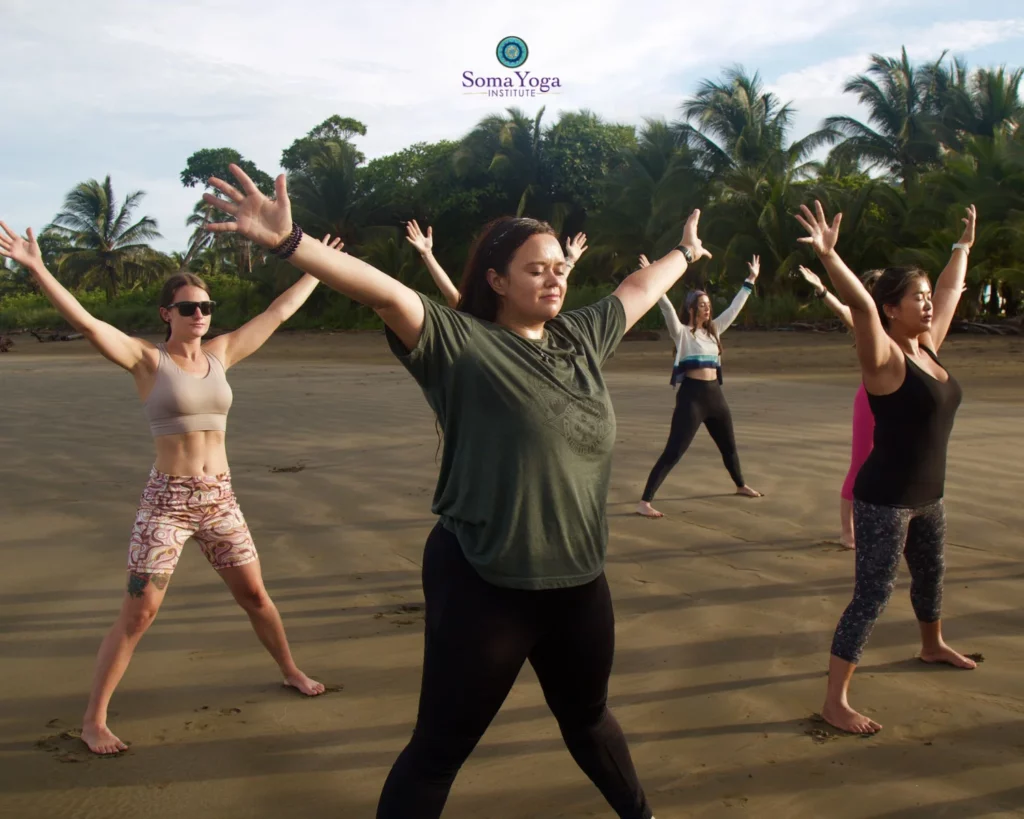
Tip 4: Evaluate the Time Commitment
Yoga teacher training programs come in different formats and timeframes, ranging from intensive month-long courses to extended weekend or online options. You’ll need to consider your existing commitments, such as work, family, and personal responsibilities, and choose a program that aligns with your schedule and lifestyle.
Learn how the duration of your training can affect the depth of your experience, and discover strategies for balancing your training with your daily life.
Tip 5: Choose a Suitable Location
The location of your yoga teacher training course can significantly impact your experience. You can choose between online yoga teacher training, local programs or destination-based training in picturesque locations around the world. All options have their advantages and disadvantages, and your choice will depend on your preferences, priorities, and available resources.
Delve into the benefits of destination-based yoga teacher training course, including immersion in a supportive environment, and consider the conveniences and cost savings of local or online programs. If you are considering a local program be sure to visit the yoga studio or yoga schools in person and consider taking yoga classes there to get a feel for what training with your prospective yoga schools might be like.
Enrolling in a yoga teacher training course is a significant step on your path to becoming a certified instructor. One crucial decision to make is whether to pursue your training online or in person. Each option has its unique benefits, and the choice depends on your preferences and circumstances.

Yoga Teacher Training Online:
Flexibility:
Yoga teacher training online offers unparalleled flexibility. You can complete your coursework from the comfort of your own home, allowing you to set your own schedule. This flexibility is ideal for individuals with busy lives, full-time jobs, or family responsibilities.
Cost-Effective:
Online programs tend to be more budget-friendly. You can save on travel, accommodation, and other expenses associated with in-person training. This affordability makes an online training program accessible to a broader audience.
Diverse Learning Resources:
Online yoga teacher training often provides a vast array of learning resources, including video lectures, written materials, live webinars, and interactive assignments. This diversity of resources caters to different learning styles, ensuring a comprehensive educational experience in an online course.
Global Accessibility:
You can access an online course from anywhere in the world. This opens doors to connect with instructors and fellow trainees from various backgrounds and cultures, enriching your learning experience.
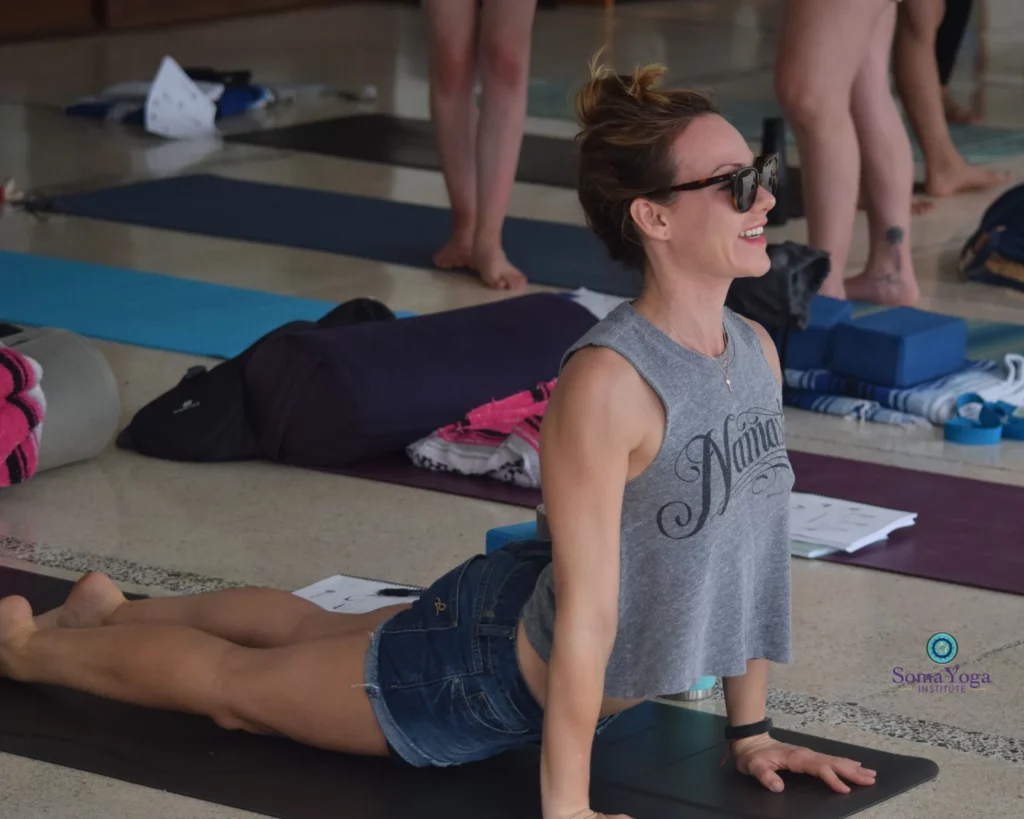
In-Person Yoga Teacher Trainings:
Immersive Learning:
In-person training provides a deeply immersive experience, allowing you to fully engage with the practice and philosophy of yoga. You have the opportunity to learn directly from experienced instructors, ask questions in real-time, and receive immediate feedback.
Community and Support:
Being physically present in a training environment fosters a strong sense of community and support. You’ll build meaningful relationships with your peers, share experiences, and have access to in-person guidance and mentorship.
Hands-On Experience:
In-person training enables hands-on experience and practice, which is essential for developing your teaching skills. You’ll have the chance to lead classes, make adjustments, and receive immediate feedback from both instructors and your fellow trainees.
Somatic Experience:
Yoga is not only about theory; it’s about embodying the practice. In-person training allows you to experience the somatic aspects of yoga fully, such as adjustments, energy work, and the subtleties of body movement.
Ultimately, the choice between online and in-person teacher trainings should align with your individual preferences, lifestyle, and learning style. Some individuals may prefer the convenience and flexibility of online training, while others may find the immersive experience and community of in-person training more appealing. Regardless of your choice, both options can provide a rich and transformative journey towards becoming a registered yoga teacher.
Tip 6: Ensure a Comprehensive Curriculum
A comprehensive curriculum is key to a well-rounded registered yoga teacher training and becoming a good registered yoga instructor. We’ll explore the essential components that your program should cover, including yoga philosophy, anatomy, teaching methodologies, and practical experience.
A 200-hour yoga teacher training program is the foundational level of training required for an aspiring registered yoga instructor to attain certification from organizations like Yoga Alliance. These programs are designed to provide a comprehensive understanding of yoga philosophy, anatomy, teaching methodologies, and practical experience.
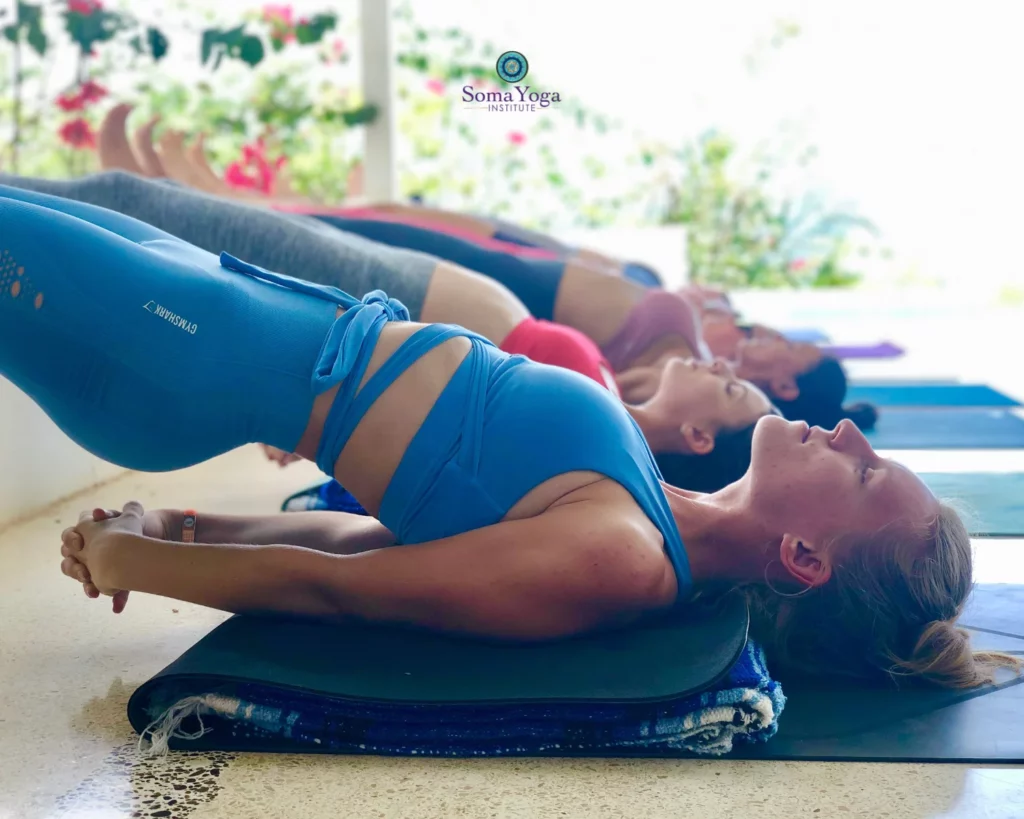
While specific curriculum components may vary among different training providers, there are fundamental topics and areas of study that must be covered to meet the minimum requirements for a 200-hour training program:
Yoga Philosophy and History:
One of the cornerstones of a 200-hour program is an exploration of yoga’s philosophical and historical roots. Trainees learn about the ancient texts and philosophies that underpin yoga, including the Yoga Sutras, Bhagavad Gita, and various branches of yoga. They delve into concepts like the Eight Limbs of Yoga and the study of yogic lifestyle and ethics.
Anatomy and Physiology:
Understanding the human body is crucial for safe and effective yoga instruction. Trainees study the anatomical structures involved in yoga postures, the principles of alignment, and the mechanics of movement. This knowledge helps teachers guide their students to practice yoga safely and make appropriate modifications for different body types and abilities.
Teaching Methodology:
Trainees learn the art of teaching, including how to plan and structure classes, communicate effectively, use voice and cues, provide adjustments and modifications, and create a supportive and inclusive environment. They also explore the business and ethics of teaching yoga, as well as the practical aspects of class management.
Practical Experience:
Practical experience is a critical component of a 200-hour training program. Trainees practice teaching and receive constructive feedback from instructors and peers. This hands-on experience allows them to apply the knowledge and skills they’ve acquired throughout the program.
Asana Practice:
Trainees engage in a robust asana (yoga postures) practice to deepen their understanding of various poses, their alignment, and their benefits. They gain proficiency in multiple yoga styles, ensuring they are well-rounded and adaptable instructors.
By covering these essential components, a 200-hour yoga teacher training program equips trainees with the knowledge and skills needed to confidently and safely teach yoga to others. It’s the foundation for those who aspire to become a yoga instructor and to share the physical, mental, and spiritual benefits of yoga with their future students.
Tip 7: Investigate the Instructors
The instructors leading your training play a crucial role in your development as a yoga teacher. We’ll guide you through the process of researching their backgrounds, experience, and teaching styles. You’ll also learn how to evaluate their expertise in the type of yoga you wish to teach.
Find out how instructors with diverse teaching backgrounds can provide valuable insights and mentorship throughout your journey.
Determining whether your yoga teacher training instructor is qualified is crucial in ensuring you receive a comprehensive and safe training experience.
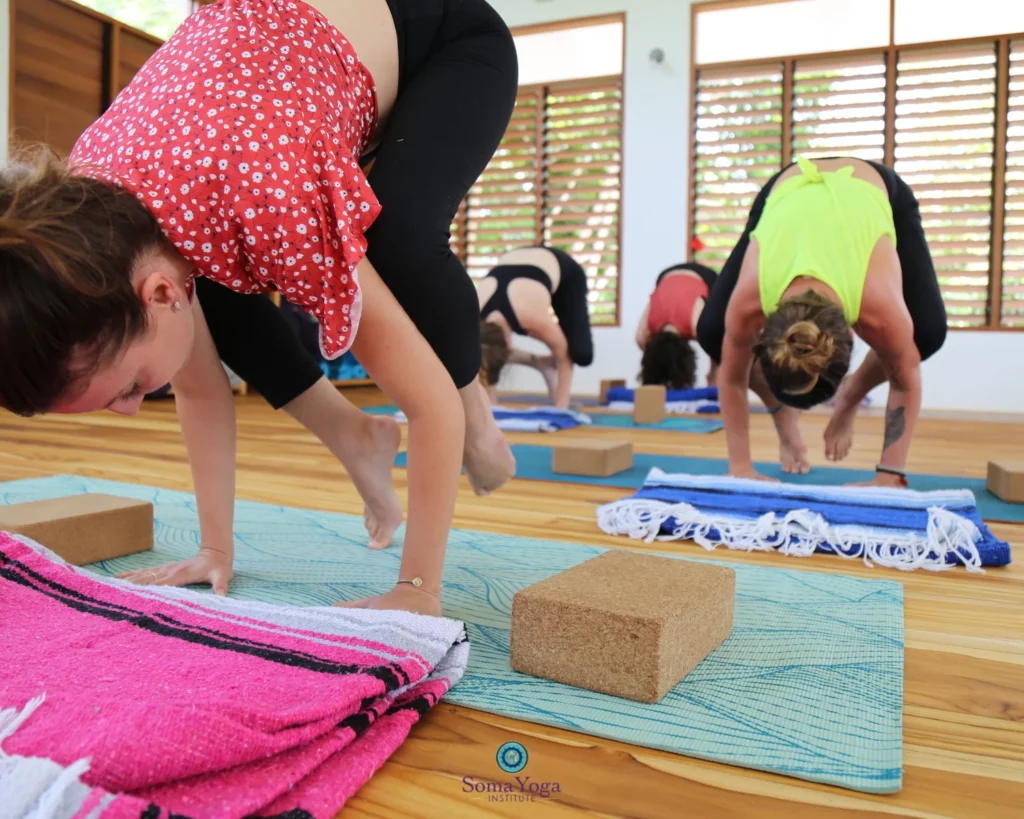
Here are some key indicators to consider when assessing an instructor’s qualifications:
- Accreditation and Certification: One of the most direct ways to verify an instructor’s qualifications is to check if they hold relevant certifications and accreditations. Qualified yoga teacher trainers typically have received their credentials from reputable organizations like Yoga Alliance. These certifications indicate that they have met the standards for education, experience, and ethical conduct within the yoga community. Additionally, if your instructor is also a certified yoga therapist, it can be a significant advantage. Yoga therapists are experts in using yoga practices to address specific physical or mental health conditions, making their training even more comprehensive.
- Experience and Expertise: A well-qualified yoga teacher trainer should have extensive experience in teaching and practicing yoga. They should be proficient in various yoga styles and have a deep understanding of asana alignment, yoga philosophy, anatomy, and teaching methodologies. Look for instructors who have a track record of successfully training students and who continuously seek professional development to stay updated with the latest trends and practices in the field. If your trainer has a background as a yoga therapist, they can bring a deeper understanding of the therapeutic aspects of yoga, which is invaluable for guiding students with specific health concerns.
- Positive Student Feedback: Pay attention to reviews and testimonials from past students. Feedback from individuals who have completed the instructor’s training programs can provide valuable insights into their teaching style, the quality of their instruction, and their ability to mentor and guide aspiring yoga teachers effectively. If these testimonials also highlight the instructor’s expertise as a yoga therapist, it’s a strong indicator of their ability to address individual health needs within a group training setting.
- Transparency and Open Communication: Qualified instructors are usually transparent about their credentials, experience, and teaching methodologies. They are open to answering questions and providing information about their training programs. Be wary of instructors who are evasive or hesitant to share their qualifications. In the case of yoga therapists, open communication about their therapeutic approach and how it benefits trainees is particularly important.
- Ethical Conduct: Qualified yoga teacher training instructors adhere to ethical guidelines and maintain professional boundaries. They create a safe and inclusive learning environment, treating students with respect and compassion. If your instructor is also a yoga therapist, they bring an additional layer of expertise to the training, enabling them to address individual health concerns with sensitivity and care.
In summary, a qualified yoga teacher training instructor possesses the necessary certifications, substantial experience, and a commitment to ongoing learning and growth. They foster a positive and inclusive learning environment and should have a track record of producing well-prepared and confident yoga teachers.
Training with an instructor who is also a yoga therapist adds an extra dimension to your training experience, allowing you to gain insights into the therapeutic benefits of yoga and how it can be adapted to address specific health needs. Always do your due diligence by researching an instructor’s background, asking questions, and seeking feedback to make an informed decision about your training.
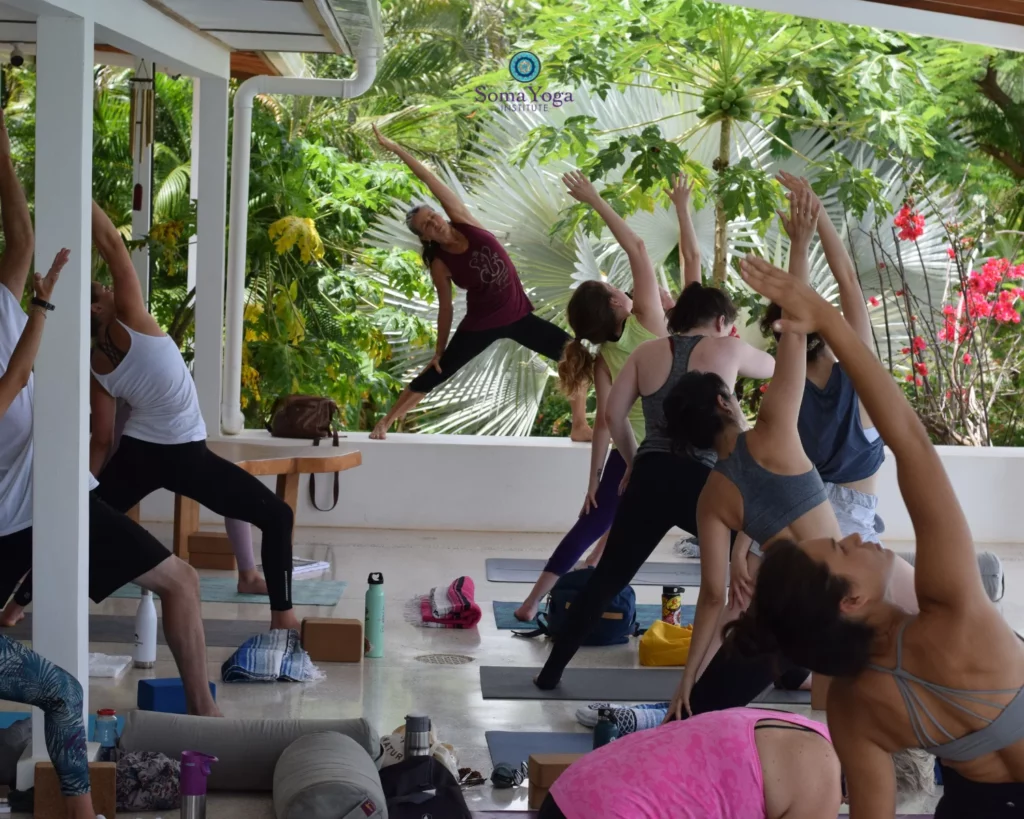
Tip 8: Seek Feedback and Supervision
Constructive feedback is essential for your personal growth and improvement as a yoga teacher. We’ll discuss the importance of seeking feedback and guidance throughout your training and how to inquire about the level of supervision provided.
Learn how to build confidence as a future teacher and embrace feedback as a valuable tool for development.
Practice and feedback play a pivotal role in yoga teacher trainings as they are essential for the growth and development of aspiring instructors. Through practice, trainees gain hands-on experience in guiding students through yoga postures and sequences, allowing them to apply the theoretical knowledge gained in their training. It helps build confidence and refine teaching skills.
Equally important is the feedback received from both instructors and peers. Constructive feedback offers valuable insights into areas for improvement, alignment, and communication, enabling trainees to make necessary adjustments and fine-tune their teaching approach.
This iterative process of practice teaching and feedback fosters self-awareness and ensures that new yoga teachers evolve into knowledgeable, adaptable, and effective instructors who can provide a safe and enriching yoga experience for their future students.
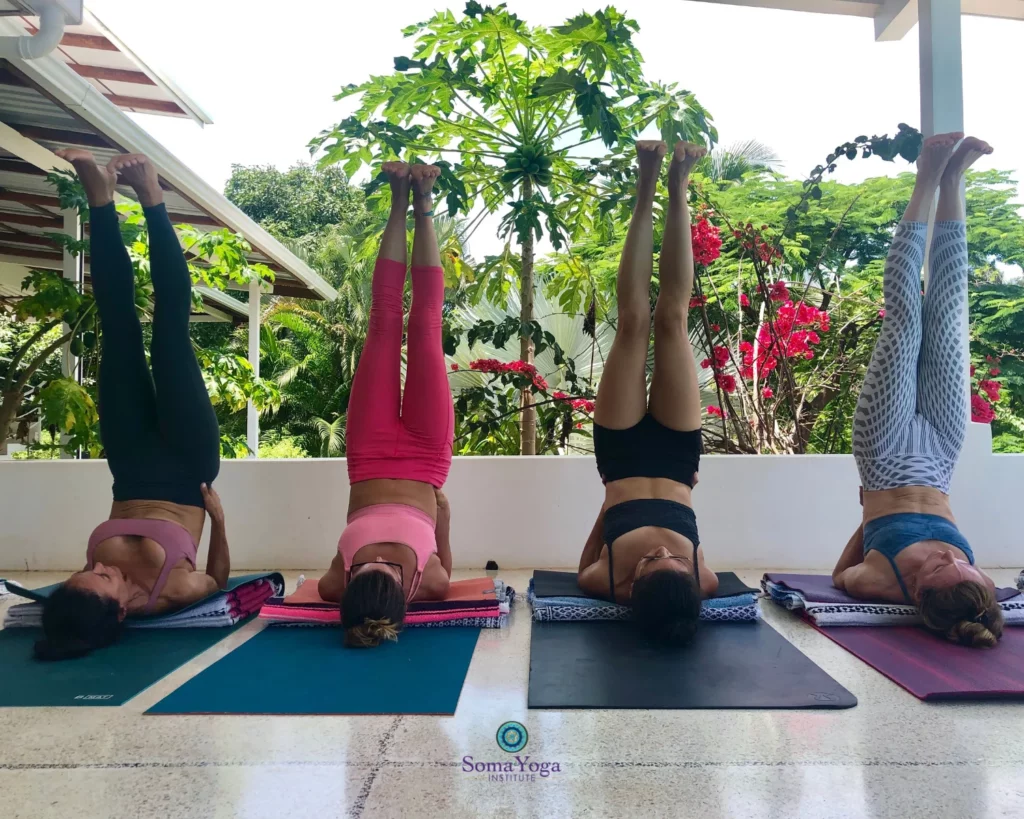
Tip 9: Post-Training Support and Opportunities
The journey doesn’t end when you receive your yoga teacher certification. We’ll explore what happens after you complete your training, including post-training support, mentorship programs, and job placement assistance.
Discover how to establish your teaching practice and the possibilities of continuing education, workshops, and further specialization in the field of yoga instruction.
Newly certified yoga teachers can seek feedback and mentorship to enhance their teaching skills and grow in their yoga journey. One effective approach is to establish connections within their local yoga community by attending classes, workshops, and events taught by experienced instructors.
Yoga instructors who engage in this habit will also be the first to hear about or even be sought out to fill open teaching positions. Engaging in open and honest communication with fellow teachers can help build a supportive network for sharing insights, industry information, and feedback.
Additionally, joining online forums, social media groups, and yoga teacher associations can provide access to a broader community of experienced instructors willing to offer guidance and mentorship. This is also a great practice for new yoga instructors looking to be hired.
Seeking a mentor with more experience is another valuable avenue, as they can provide one-on-one guidance, share their knowledge, guide your networking, and help navigate the intricacies of teaching yoga. Regularly recording and reviewing their own classes is also an excellent practice for self-assessment, as it allows new teachers to identify areas for improvement and growth.
By actively seeking feedback and mentorship, new yoga teachers can become aware of teaching opportunities, refine their teaching skills, deepen their practice, and ultimately become more confident and effective instructors.
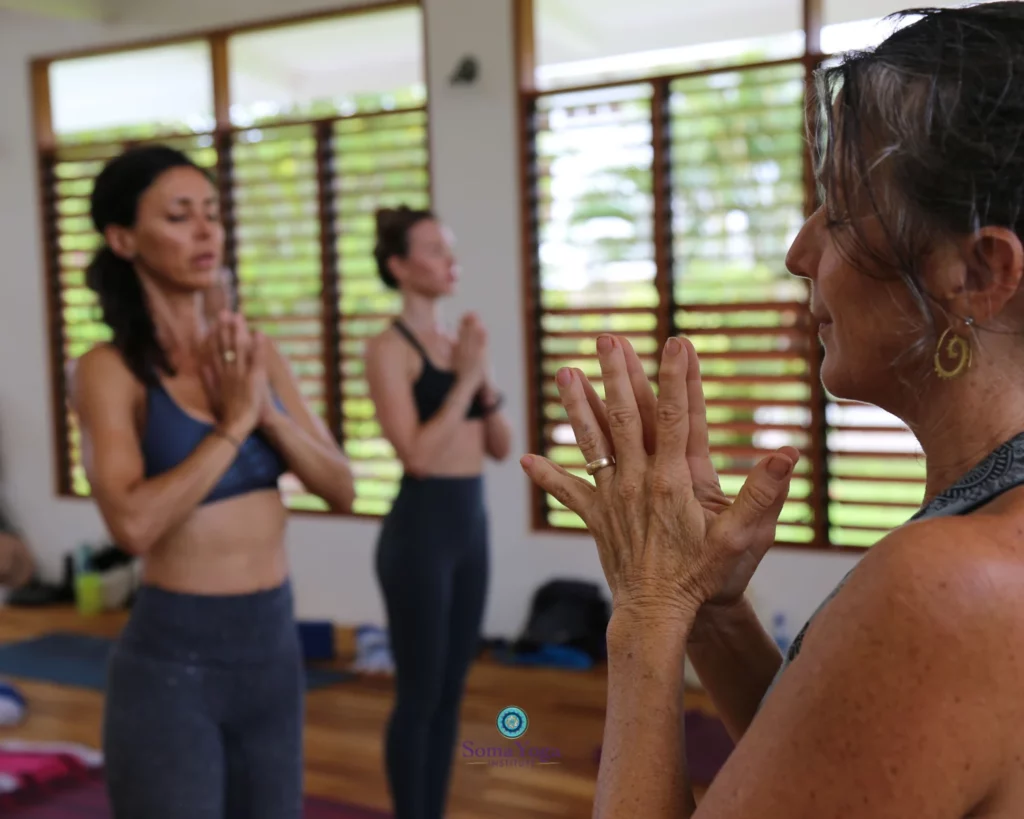
Tip 10: Trust Your Intuition
Amidst all the practical considerations, there’s a vital aspect to the decision-making process: your intuition. We’ll explore the role of intuition in choosing the right program and how to listen to your inner guidance.
Learn how to make an informed decision that aligns with your heart and feels right for your unique journey as a yoga teacher.
Conclusion
In this comprehensive guide, we’ve delved into the ten tips for becoming a certified yoga teacher. You’ve learned how to understand your motivation, research accredited programs, consider the costs, evaluate the time commitment, choose a suitable location, ensure a comprehensive curriculum, investigate the instructors, seek feedback and supervision, explore post-training support, and, ultimately, trust your intuition.
The journey to becoming a certified yoga teacher is one of personal growth, transformation, and the opportunity to share the gift of yoga with others. By following these ten tips, you can navigate the process with confidence, make an informed decision, and set yourself on a path towards fulfilling your dream of becoming
a yoga teacher.
Appendix: Additional Resources
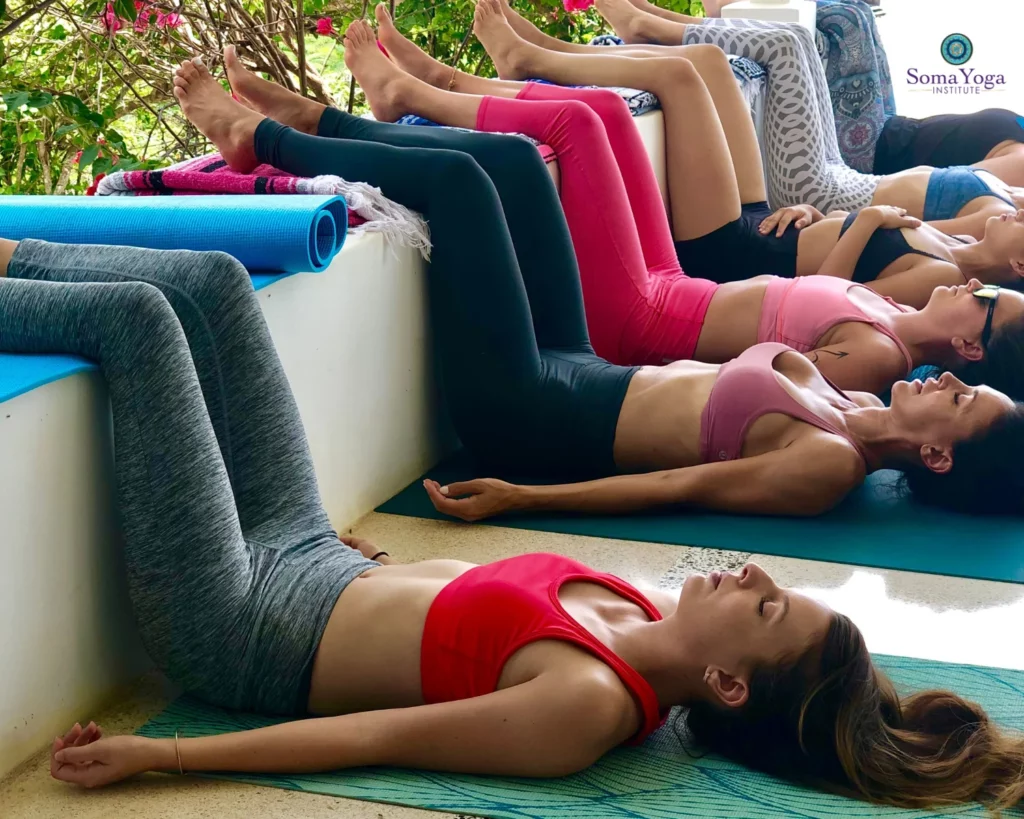
To support you on your journey, here are some additional resources and tips:
- Yoga Alliance’s Website:Visit the Yoga Alliance website to find a comprehensive directory of accredited yoga teacher training programs. You can also access valuable resources, guidelines, and information about becoming a registered yoga teacher.
- Scholarship Opportunities and Financial Aid:Many training programs offer scholarships or financial aid options to help aspiring teachers afford their training. Research and apply for these opportunities to make your training more affordable.
- Soma Yoga Institute:We are dedicated to providing transformational Yoga Teacher Training Programs that meet your needs, whether you prefer online or in-person training. Our yoga teacher training, offered at both the 200-Hour and 300-Hour levels, also provides Continuing Education Credits for Yoga Alliance Registered Yoga Teachers. If you’re interested in pursuing your yoga teacher training with us, please feel free to reach out with any questions about our training programs. We are here to support you on your journey to becoming a yoga teacher and sharing the wisdom of yoga with the world.
Becoming a certified yoga teacher is a fulfilling journey that not only enhances your own practice but also empowers you to guide others on their path to well-being. Remember that your choice of training program is not just about the certification you receive; it’s about the personal transformation and growth you experience along the way. Trust in the process, embrace the challenges, and enjoy the rewards of sharing the wisdom of yoga with the world.
With your commitment and these ten tips as your guide, you’re well on your way to realizing your dream of becoming a yoga teacher.
See you on the yoga mat!
Namaste.